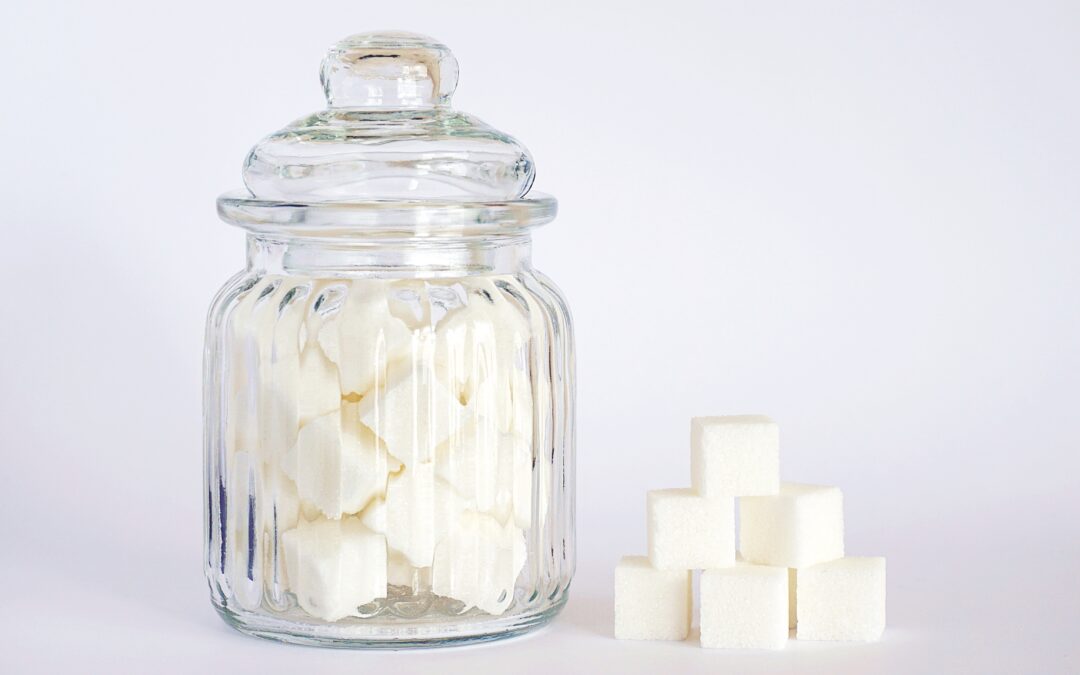Sugar is the latest in a long line of foods we should all be trying to keep to a minimum. We all know it’s bad for us, but how much is too much and what impact is it having on our family’s health?
Sugar statistics you should know
- The government recommends children eat no more than 21g of sugar per day ( about 5-6 sugar cubes) but the average child consumes three times this amount.
- One third of 10-11 year olds in the UK is now obese.
- The obesity crisis costs the NHS 5.1bn and the government has introduced voluntary targets for food companies to reduce added sugar.
Scary stuff – which foods should I be wary of?
An obvious place to start is with the foods we all know contain sugar – desserts, ice creams etc. We all love a treat but many of us don’t know just how much sugar is lurking in our favourite puddings.
Let’s talk lollies, after all, it’s a subject close to our heart! Your average supermarket ice lolly contains 19 g of sugar per 100g (3 teaspoons) – about half your Recommended Daily Allowance (RDA) of sugar if you’re an adult and almost all of it if you’re a child. The really indulgent ice creams are much higher, containing around 31 grams of sugar. Scary stuff.
Try swapping out your favourite choc ice with one of the growing number of healthier alternatives available in the supermarkets. We made Claudi & Fin Greek style frozen yoghurt lollies for our own kids, Claudia and Fin when we couldn’t find any lollies in the shops that weren’t packed with sugar or scary ingredients.
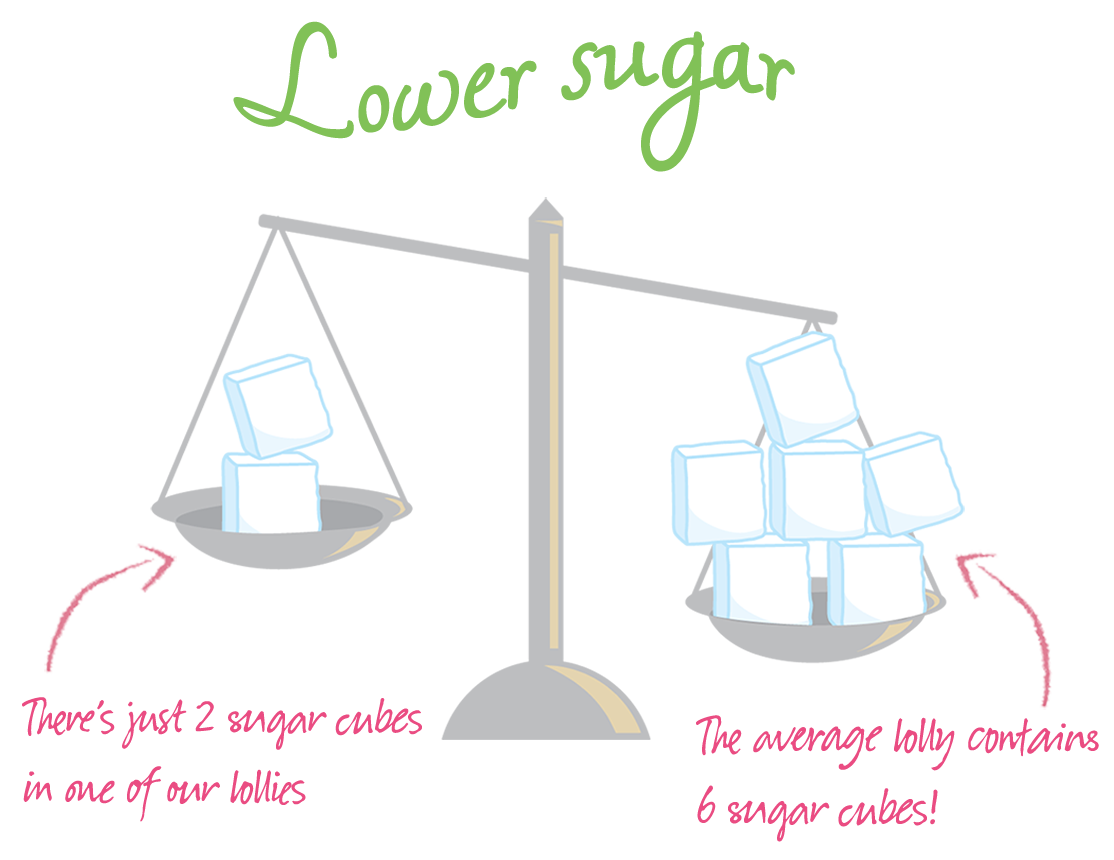
Our Strawberry lollies contain just 7g of sugar (that’s less than 2 teaspoons) a pop and our Minis range from 3.1g to 3.6g per lolly so that’s less than one teaspoon per lolly.
They’re also packed with real fruit, made from 100% natural ingredients and enriched with vitamin D for healthy bones.
For a desert, this is definitely a healthier alternative to ice cream!
Foods with hidden sugar in them
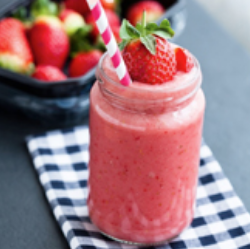
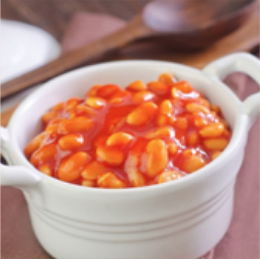
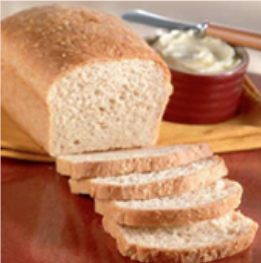
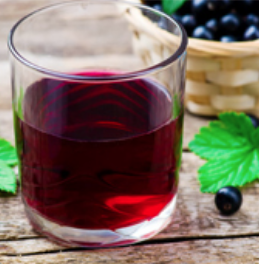
What’s really dangerous about sugar is that it lurks in the most unlikely of foods, so more often we don’t even know we’re eating it.
Take Baked beans, a product that’s graced the table of pretty much every household in the nation. Next time you sit down to eat your favourite tomatoey snack on toast, know that one tin of beans contains over 20g (5 teaspoonfuls) of sugar, which is pretty much your RDA for the day!
Then there’s white bread. Just 1 slice can contain as much as ½ a teaspoonful of sugar. Not much perhaps compared to the beans if you like a couple of rounds of toast in the morning with jam, it’s easy to eat 2 teaspoonfuls of sugar before the day has even begun.
And what about drinks? Take a real children’s favourite, blackcurrant squash. Most of us are happy to give our kids these drinks because they’re full of vitamin C but when you look at the sugar content it might be time to think again. Just 1 carton of the UK’s top selling brand contains 6.7 teaspoonfuls of sugar, that’s the same as eating 7 biscuits
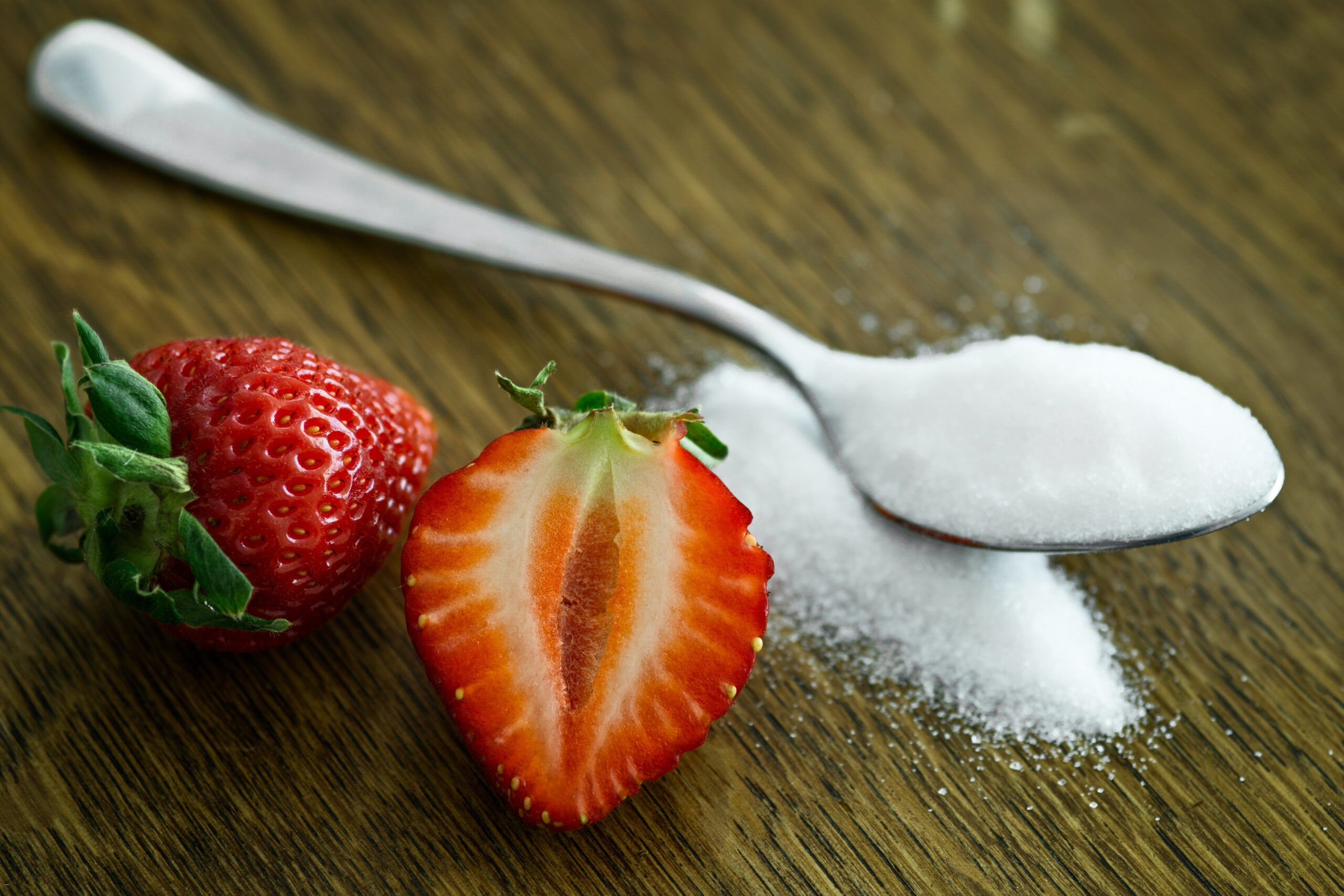
So what actually happens to our bodies when we eat too much sugar and why is it so bad for us?
Eating too much sugar can cause all manner of serious health problems. Medics say that obesity, liver damage, Inulin resistance, diabetes and heart disease are just some of the conditions we can develop when we go large with the sugar.

